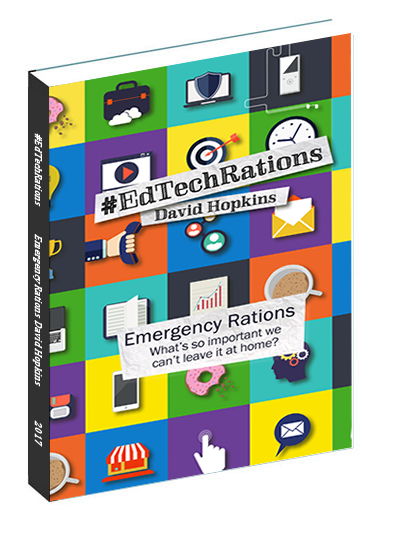Do you read the full text, skim or scan read it?
Do you still read all the text, or are you (like me) becoming increasingly prone to skim ahead until something jumps out of the page as a ‘must-read’ section?
Don’t mistake skimming with scanning, they are different, as the 42Explore website explains;
- Skimming “is used to quickly identify the main ideas of a text. When you read the newspaper, you’re probably not reading it word-by-word, instead you’re scanning the text. Skimming is done at a speed three to four times faster than normal reading. People often skim when they have lots of material to read in a limited amount of time. Use skimming when you want to see if an article may be of interest in your research.”
- Scanning “is a technique you often use when looking up a word in the telephone book or dictionary. You search for key words or ideas. In most cases, you know what you’re looking for, so you’re concentrating on finding a particular answer. Scanning involves moving your eyes quickly down the page seeking specific words and phrases. Scanning is also used when you first find a resource to determine whether it will answer your questions. Once you’ve scanned the document, you might go back and skim it.”
Skimming is easier to use when you’re trying to find dates, names, and places, and is best use to review graphs, tables, and charts. Scanning, on the other hand, is used to look for the use of ‘organisers’ such as numbers, letters, steps, bold or italicised text, differences in font size or colour, or the words ‘first’, ‘second’, or ‘next’.
So, do you skim or scan read … what have you done here? The fact I used bold font for the words scanning or skimming will have drawn you to those words .. but what if I put the next bit in italics? Does it make a difference?
Tony Karrer (eLearningTech) talks about the implications of skim reading in Learning Design. He says:
“No one will sit through long detailed pieces of information. They quickly tune out or quickly skim through. Learning Design must accommodate this and I particularly believe that we should Shift from Courseware towards Reference Hybrids– put as little as possible in the courseware and provide well-organized, well-written, easily saved, easily accessed reference material.”
Next time you’re writing a report, or learning object, or presentation, or article .. or blog post, think about how people will be reading it – will they read it in its entirety, or skim read to the interesting bit (usually the bit that says “Conclusion“).
A simple Google search on “skim reading” will give you plenty of results on how to teach yourself to skim, but some of us have learned it the hard way .. as we go along.



















Kia ora e David
I have to admit that it’s a bit of both with me. Tony Karrer uses the term skim dive which describes a routine similar to what I do. I often read books this way the first time I get my hands on them. Eventually I get the whole book more or less read – then if I have enjoyed what I’ve read, I turn to page one and read through to the end without a break.
Catchya later
Thanks Ken … ‘skim dive’ seems to be something akin to both skim and scan reading. Ho hum, I think I’m just getting lazy as I rarely seem to read the full text anymore (unless it’s a good book, but then even then I skim over the really boring descriptive bits).
Great post. Have to say that I also am both a skimmer and and scanner. It does make me think when I am working on projects about my writing style to make sure that the important things are easy to find at “first glance”. Of course, on the flip side I wonder what I might be missing by not reading everything.
For me it completely depends on the subject. I read this post because it was about an idea I could potentially use. If I find something interesting but not riveting, I’ll skim it. If someone points me to something and tells me to look for something in particular, I’ll scan it.
Great blog entry, I’m looking forward to read your other blog entries